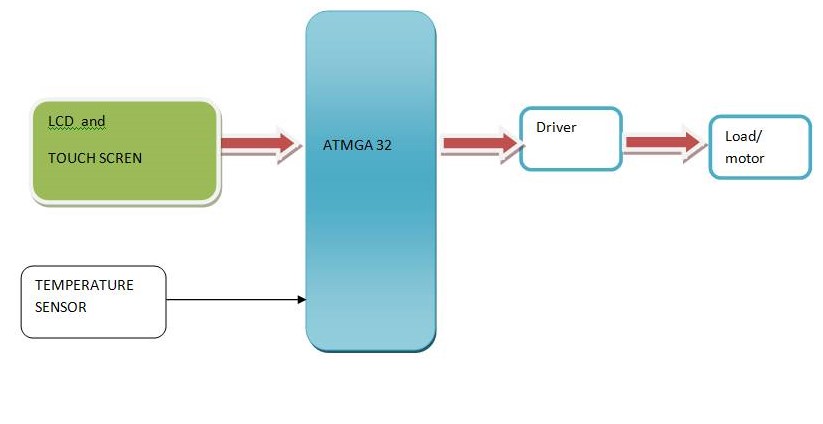FORGEABILITY
The ease with which forging is done is called forgeability. The forgeability of a material can also be defined as the capacity of a material to undergo deformation under compression without rupture. Forgeability increases with temperature up to a point at which a second phase, e.g., from ferrite to austenite in steel, appears or if grain growth becomes excessive. The basic lattice structure of metals and their alloys seems to be a good index to their relative forgeability. Certain mechanical properties are also influenced by forgeability. Metals which have low ductility have reduced forgeability at higher strain rate whereas highly ductile metals are not so strongly affected by increasing strain rates. The pure metals have good malleability and thus good forging properties. The metals having high ductility at cold working temperature possesses good forgeability.
Cast parts, made up of cast iron are brittle, and weak in tension, though they are strong in compression. Such parts made using cast iron tend to need to be bulky and are used where they will not be subjected to high stresses. Typical examples are machine bases, cylinder blocks, gear-box housings etc. Besides the above factors, cost is another major consideration in deciding whether to cast a component or to forge it. An I.C. engine connecting rod is a very good example of where a forging will save machining time and material, whereas the cylinder block of the same engine would be very expensive if produced by any process other than casting. Another good point associated with casting is that big or small complex shapes can easily be cast. Small parts can directly be machined out from regular section materials economically. A part machined out from the rolled steel stock definitely possesses better mechanical properties than a conventionally cast part. Sometimes the shape and size of a part would mean removing a large amount of material by machining, it is sometimes more economical to forge the part, thereby reducing the machining time and the amount of material required.
The main alloys for cold forging or hot forging are most aluminium and copper alloys, including the relatively pure metals. Carbon steels with 0.25 % carbon or less are readily hot forged or cold-headed. High carbon and high alloy steels are almost always hot forged. Magnesium possessing hexagonal close packed (HCP) structure has little ductility at room temperature but is readily hot forged. Aluminium alloys are forged between 385°C and 455°C or about 400°C below the temperature of solidification. Aluminium alloys do not form scale during hot forging operations, die life is thus excellent. Copper and brasses with 30% or less zinc have excellent forgeability in cold working operations.
High zinc brasses can be cold forged to a limited extent but are excellent hot forging alloys. Magnesium alloys are forged on presses at temperature above 400°C. At higher temperatures, magnesium must be protected from oxidation or ignition by an inert atmosphere of sulphur dioxide. Copied from A Basic Manufacturing Processes and Workshop Technology by Rajender Singh.














